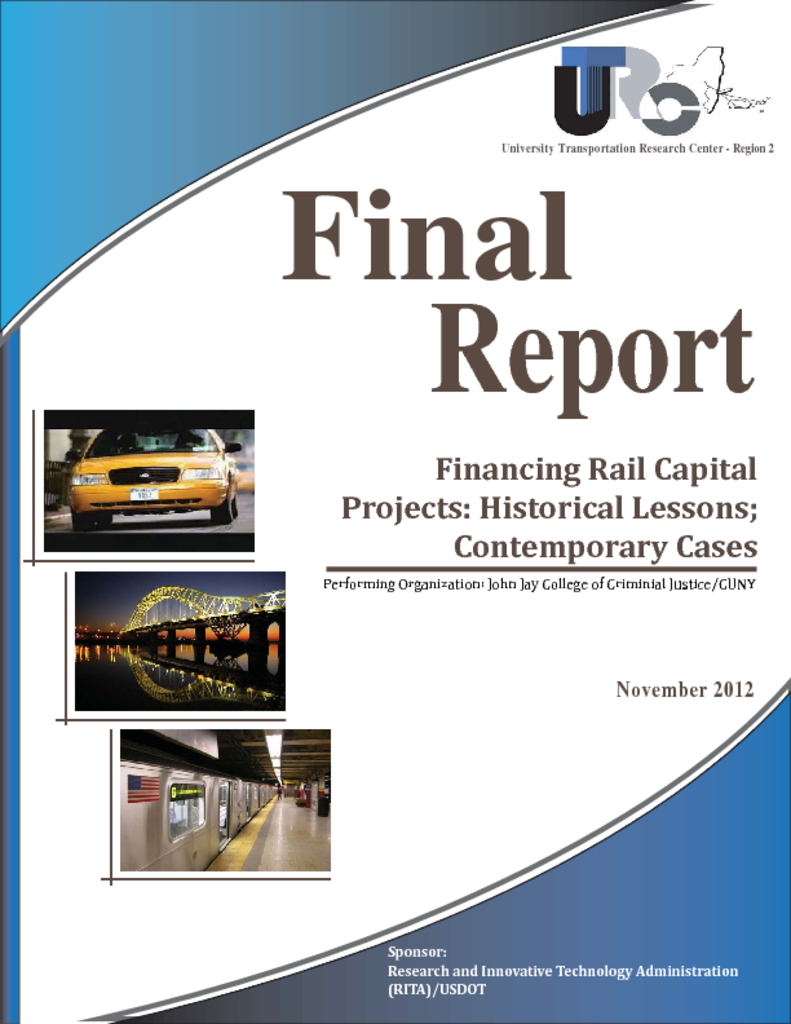Two large questions informed the research for this article: first, how and why did the mid‐20th century shift from private to public ownership, financing and operation of passenger railways affect the subsequent financing and development of high speed rail? Second, does high speed rail create opportunities for the return of the private sector to a significant role in passenger rail transport, such as financing and operating new lines? To answer these questions, we adopted a historical, cross‐national approach, which is relatively unusual in the field of public policy. While a number of articles have been written about general lessons that can be learned from foreign experience with high speed rail, our approach analyzes the specific reasons why the U.S. has lagged behind other countries. France was selected as a comparison case because, first, its history of moving from private to public provision of passenger rail services closely paralleled American rail history up to the Great Depression; and, second, because the divergence between the two countries at the end of the Great Depression provides powerful evidence for analyzing the causes of the decline of U.S. passenger railways in the post‐World War 2 period. Scholars can build upon our work by carrying out other cross‐national and historical comparisons that further elucidate the reasons why high speed rail has succeeded so well in other parts of the world, but not in the U.S.




